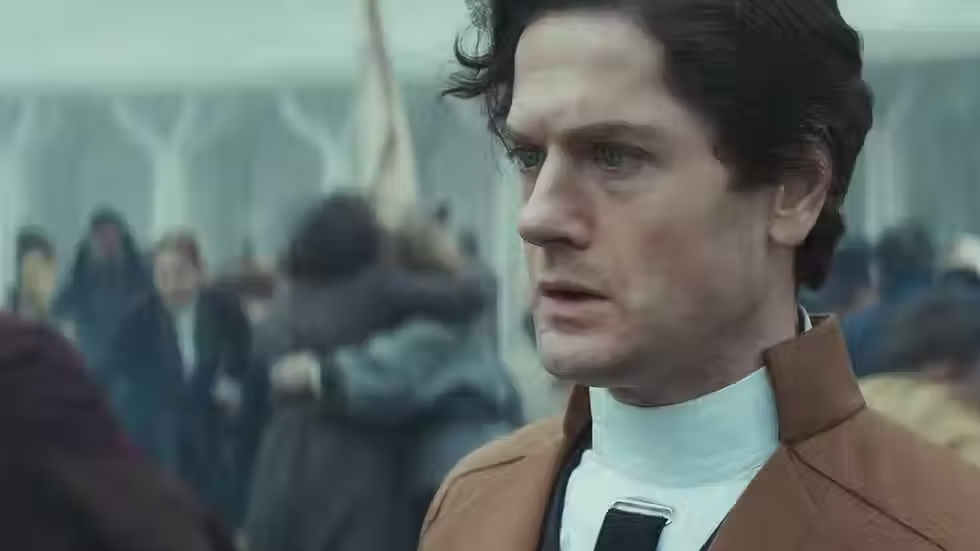Review: ParaNorman
- ogradyfilm
- Dec 7, 2018
- 2 min read
Ray Harryhausen, the undisputed king of stop-motion animation, often spoke of himself as an actor; his puppets were merely the medium through which he performed. And what performances!–how Talos, the bronze colossus, strained to move his stiff, rusted limbs; how the army of resurrected skeletons advanced in perfect unison, the very model of military discipline; and how Medusa’s beheaded corpse continued to thrash feebly, almost pathetically, as her killer vanished into the shadows.

While cinematic spectacles such as Jurassic Park and Toy Story have clearly demonstrated that CGI is a less specialized/time-consuming alternative to claymation, a few dedicated artists still work to not only preserve the craft, but also to streamline and improve the process–and Laika Entertainment seems to be leading the charge. In 2009, the studio released Henry Selick’s Coraline; its newest feature, ParaNorman, carries on the core philosophy established in the earlier film: Create an interesting world, fill it with expressive characters, and tell a good story that doesn’t talk down to the audience.
The movie opens with grainy footage of some cheesy exploitation flick. After swatting aside a low-hanging boom mic, the heroine cowers in a corner, paralyzed as the pursuing zombie limps slowly (slooooooooooooowly) toward her to the sweet sound of a John Carpenter-flavored synth score. Norman Babcock, seated inches away from the television, gives his grandmother the gruesome play-by-play. This enrages the boy’s father: “How many times do I have to tell you? Grandma is dead!" Norman’s ability to communicate with ghosts brands him as an outsider–scolded by his parents, ostracized by his peers, mocked by the citizens of sleepy little Blithe Hollow. But with great power comes great responsibility, and so it falls to the young medium to prove his worth by placating the restless spirit of a wrongfully-executed witch before she raises the dead and wreaks terrible vengeance upon the town.

From this simple setup, directors Sam Fell and Chris Butler weave an elegant, accessible coming-of-age tale packed with humor, pathos, personality, and even a few legitimate scares. But it’s the "performances” that make it truly memorable: the playful ghost dog, whose severed tail end scampers about independent of its front; eccentric old Mr. Prenderghast, who manages to earn the film’s biggest laughs even after shuffling off this mortal coil (when his rigid corpse stubbornly refuses to relinquish the MacGuffin); the tyrannical drama teacher, whose fleshy bingo wings jiggle with every exaggerated gesture; and so on, and so on, and so on…
[Originally written September 4, 2012.]





Comments